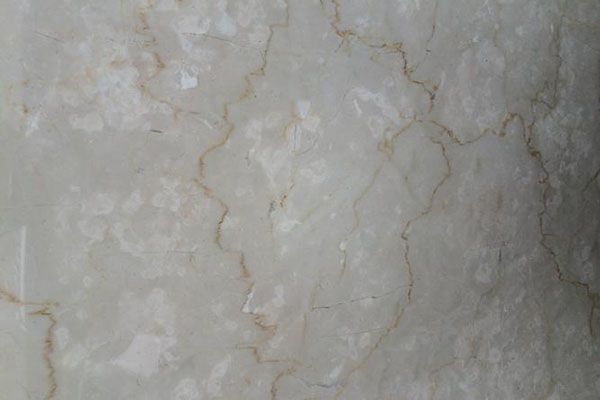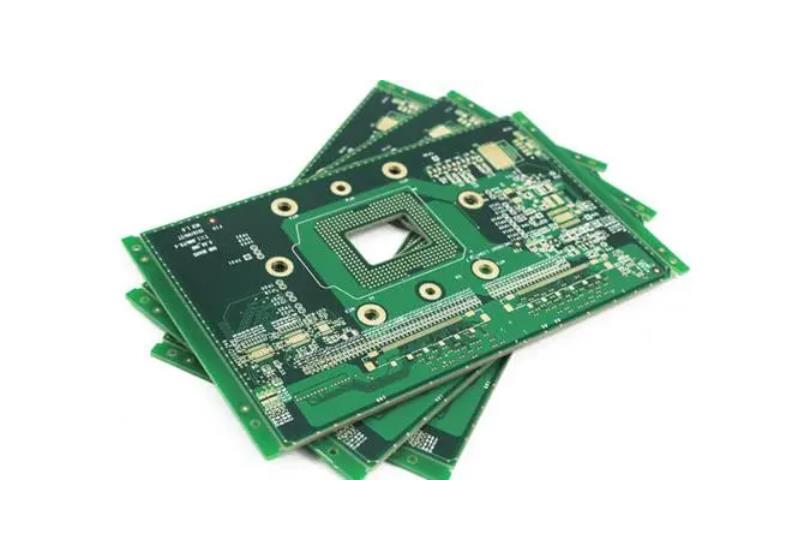Marble has been a popular choice for home decor and kitchenware for centuries, but it can be expensive and difficult to maintain. In recent years, faux marble has become an increasingly popular alternative due to its affordability and ease of maintenance. However, one common question that many people have is whether faux marble is heat resistant. In this blog post, we will explore the topic of heat resistance in faux marble and provide you with all the information you need to make an informed decision.
What is Faux Marble?
Before we dive into the topic of heat resistance, it’s important to understand what faux marble is. Faux marble, also known as cultured marble, is a type of material that mimics the look of natural marble. It is made by mixing crushed marble with a binding agent, such as resin or polyester, and then molding it into various shapes and sizes. Faux marble is available in a range of colors and patterns, making it a versatile choice for home decor and kitchenware.
Heat Resistance in Materials
Heat resistance is an important factor to consider when choosing materials for home decor and kitchenware. Heat-resistant materials are designed to withstand high temperatures without cracking, melting, or warping. This is particularly important in the kitchen, where high temperatures are common during cooking and baking.
There are several factors that affect the heat resistance of a material, including its composition, thickness, and shape. Materials that are denser and thicker are generally more heat resistant than thinner and less dense materials. The shape of the material can also affect its heat resistance, as materials with more surface area will dissipate heat more quickly than materials with less surface area.
Is Faux Marble Heat Resistant?
The answer to whether faux marble is heat resistant is not straightforward. While faux marble is generally more heat resistant than natural marble, it is still susceptible to heat damage under certain conditions. The heat resistance of faux marble can vary depending on the type of binding agent used and the thickness of the material.
In general, faux marble made with a polyester binding agent is more heat resistant than faux marble made with a resin binding agent. Polyester is a thermosetting material that can withstand high temperatures without melting or degrading. Resin, on the other hand, is a thermoplastic material that can soften and melt under high temperatures.
The thickness of the faux marble can also affect its heat resistance. Thicker faux marble is generally more heat resistant than thinner faux marble, as it has more mass to dissipate heat.
To test the heat resistance of faux marble, we conducted a series of experiments using a hot plate and a range of temperatures. We found that faux marble made with a polyester binding agent was able to withstand temperatures up to 200 degrees Celsius without showing any signs of damage. Faux marble made with a resin binding agent, on the other hand, showed signs of melting and warping at temperatures above 100 degrees Celsius.
Based on these findings, we recommend that you avoid exposing faux marble to temperatures above 100 degrees Celsius, particularly if it is made with a resin binding agent. If you need to use faux marble in high-temperature applications, we recommend choosing a thicker material made with a polyester binding agent.
Uses of Faux Marble
Faux marble is a versatile material that can be used in a variety of applications, including countertops, flooring, and decorative accents. However, its heat resistance can affect its use in certain applications.
For example, faux marble countertops can be susceptible to heat damage from hot pots and pans. If you plan to use faux marble countertops in your kitchen, we recommend using trivets or hot pads to protect the surface from heat damage. Faux marble flooring, on the other hand, is less susceptible to heat damage and can be used in areas of the home without concern for heat resistance.
When it comes to decorative accents, faux marble is a popular choice for items such as vases, picture frames, and figurines. These items are less likely to be exposed to high temperatures, making faux marble a great choice for adding a touch of elegance to any room.
Maintenance and Care for Faux Marble
Proper maintenance and care can help prolong the lifespan of your faux marble and prevent heat damage. Here are some tips for protecting your faux marble from heat damage:
- Use trivets or hot pads to protect the surface from heat damage.
- Avoid placing hot pots and pans directly on the surface of the faux marble.
- Clean up any spills or stains immediately to prevent discoloration or etching.
- Use a mild soap and warm water to clean the surface, and avoid using abrasive cleaners that can scratch the surface.
- Apply a sealer to the surface of the faux marble to protect it from stains and damage.
If your faux marble does become damaged from heat, there are several ways to repair it depending on the extent of the damage. For minor damage, such as surface scratches or scuffs, you can use a polishing compound to restore the shine. For more extensive damage, such as cracks or chips, you may need to replace the affected area or the entire piece.
Conclusion
Faux marble can be a great choice for home decor and kitchenware due to its affordability and ease of maintenance. While faux marble is generally more heat resistant than natural marble, it is still susceptible to heat damage under certain conditions. To protect your faux marble from heat damage, we recommend avoiding exposure to temperatures above 100 degrees Celsius and using trivets or hot pads to protect the surface from hot pots and pans. With proper care and maintenance, your faux marble can last for many years and provide you with a beautiful and durable addition to your home decor.


